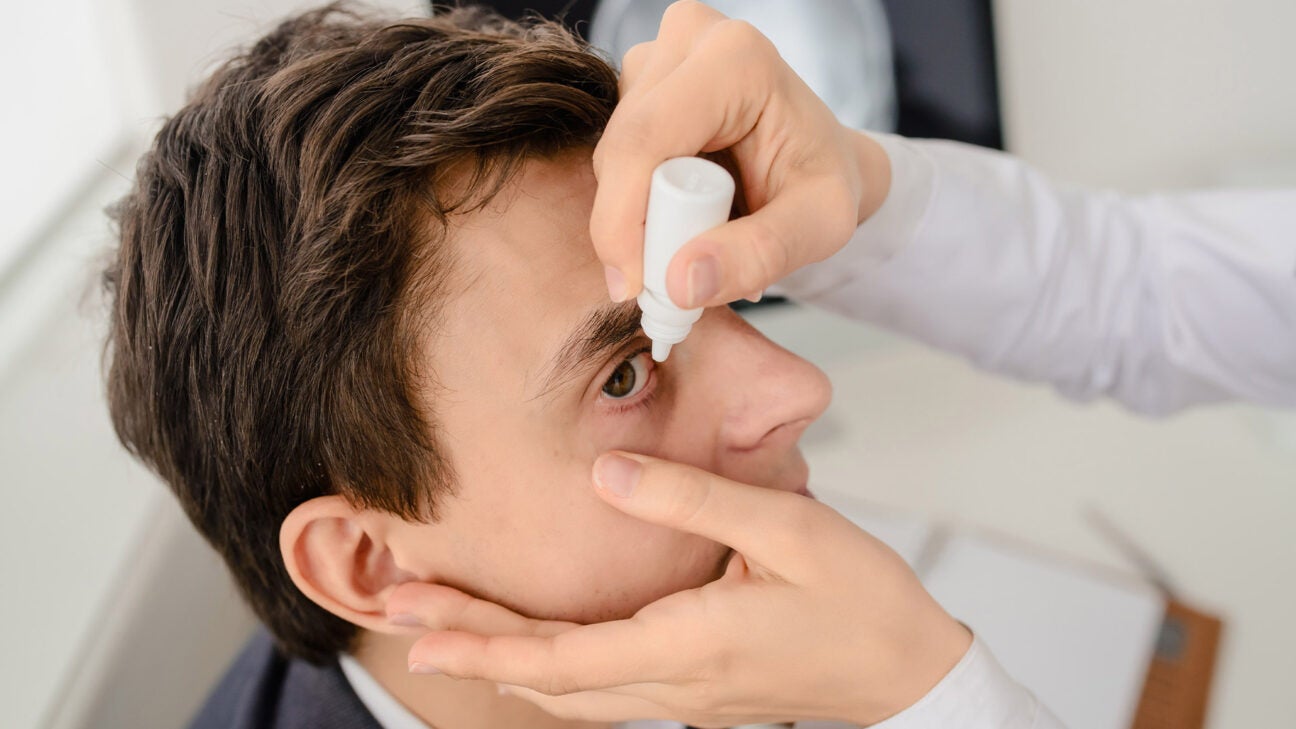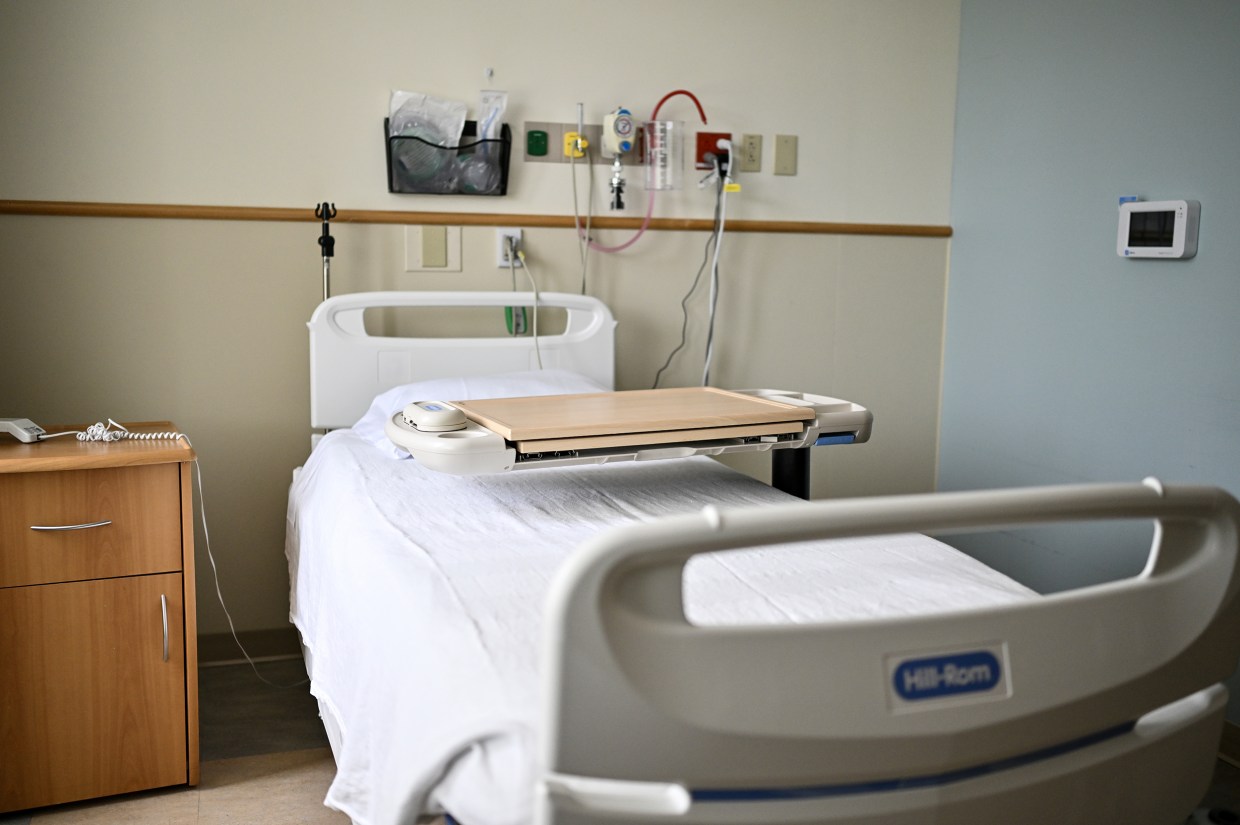A breakthrough in eye care may offer hope for millions of older adults experiencing vision decline, as researchers develop innovative eye drops designed to combat age-related eye deterioration. This advancement could transform how vision loss is treated, potentially reducing the need for invasive procedures and improving quality of life for aging populations.
Age-associated visual impairment impacts a large segment of people, with conditions like macular degeneration, cataracts, and presbyopia becoming more prevalent as individuals age. Historically, remedies have included corrective eyewear, surgeries, or changes in lifestyle; however, these approaches typically focus on alleviating symptoms rather than tackling the root causes. The creation of specialized eye drops could signify a transformative change, as they aim at addressing the biological processes responsible for age-related eye deterioration, providing a non-invasive and convenient choice for sustained eye health.
How the latest eye drops function
The new eye drops are designed to repair and protect retinal cells, improve ocular blood flow, and reduce oxidative stress—factors that contribute to vision deterioration over time. Researchers have focused on formulations that combine advanced antioxidants, peptides, and nutrient complexes to nourish the eye at a cellular level. By strengthening retinal function and supporting healthy eye tissue, these drops aim to slow or even reverse certain aspects of age-related vision loss.
Clinical studies have shown encouraging outcomes, with individuals noting enhancements in sharpness of vision, decreased eye discomfort, and improved night vision. Although the therapy is still being evaluated for broader endorsement, specialists remain hopeful that this method could complement or, in certain instances, substitute more invasive techniques. Furthermore, the eye drops are undergoing testing to assess their capacity to avert initial vision deterioration, providing a preventive strategy to preserve ocular health as the population grows older.
Beyond the biological effects, the ease of using eye drops makes them a sensible choice for everyday purposes. In contrast to surgical procedures or more involved treatments, these drops can be seamlessly incorporated into a daily routine, improving compliance and optimizing possible advantages. Accessibility and simplicity are vital, particularly for the elderly who might encounter mobility or health issues that complicate regular visits to healthcare facilities.
Effects on older demographics
The implications of effective, non-invasive treatments for age-related vision loss are profound. Millions of older adults worldwide struggle with diminished independence, reduced mobility, and limitations in daily activities due to declining eyesight. Vision impairment can impact driving, reading, social interaction, and overall quality of life, often contributing to isolation, depression, and other health concerns. Eye drops that address the underlying causes of degeneration could help individuals maintain independence and continue engaging fully in everyday life.
Healthcare systems may also benefit from widespread adoption of such treatments. Preventing or slowing vision loss could reduce the need for surgeries, long-term care, and specialized support services, easing the burden on hospitals and clinics. Additionally, public health initiatives could incorporate these eye drops as part of preventive care programs, encouraging regular use among aging populations to maintain visual health and enhance overall well-being.
Researchers emphasize that while eye drops are a promising tool, they should be combined with lifestyle interventions for optimal results. Maintaining a balanced diet rich in eye-supportive nutrients, protecting eyes from excessive UV exposure, and engaging in regular vision check-ups are complementary measures that enhance the effectiveness of medical treatments. Holistic eye care approaches integrate biological, behavioral, and environmental factors to ensure sustained vision health.
The mechanisms of vision deterioration related to aging
Understanding how vision deteriorates with age is crucial to recognizing the potential advantages of these eye drops. Eye conditions like macular degeneration happen when retinal cells break down, causing a decline in central vision, while cataracts form due to the clouding of the eye’s natural lens. Factors such as oxidative stress, inflammation, and diminished blood circulation often contribute to these issues. These eye drops seek to address these root causes, offering a strategy that is both preventative and more efficient compared to conventional treatments that only address symptoms.
Research into retinal regeneration, nutrient delivery, and ocular biochemistry has accelerated in recent years, fueled by advances in biotechnology and pharmacology. Scientists are increasingly able to create formulations that deliver precise compounds directly to ocular tissue, improving absorption and efficacy. The combination of laboratory innovation, clinical research, and patient feedback is driving a new era of vision therapies, with non-invasive options such as eye drops at the forefront.
Future outlook and accessibility
Looking ahead, the potential widespread availability of these eye drops could redefine standards of care for age-related vision loss. Regulatory approvals, manufacturing scalability, and distribution strategies will play critical roles in determining how quickly patients can access this treatment. If successfully implemented, it could provide a cost-effective alternative to surgeries or long-term corrective measures, making advanced eye care more equitable and accessible globally.
Ongoing research continues to explore additional applications, including early-stage prevention, enhancement of night vision, and support for individuals with specific retinal conditions. Personalized formulations tailored to an individual’s genetic and ocular profile may also become a possibility, creating targeted treatments that optimize outcomes for each patient. These innovations underscore a broader shift toward proactive, individualized healthcare that emphasizes prevention, early intervention, and quality of life improvements.
Incorporating new therapies into everyday life
For patients and caregivers, the introduction of advanced eye drops will require education on proper usage, adherence, and monitoring for potential side effects. Healthcare providers will play a crucial role in guiding patients through the integration of these treatments into their daily routines, ensuring both safety and effectiveness. In addition, public awareness campaigns may help older adults recognize the importance of early intervention and consistent eye care, fostering a culture of proactive vision maintenance.
The broader impact of such treatments extends beyond physical health. Maintaining good vision supports mental well-being, independence, and social engagement, contributing to holistic aging. Individuals with improved eyesight can continue hobbies, professional activities, and social interactions, enhancing overall life satisfaction and reducing the psychological challenges often associated with age-related vision decline.
The development of eye drops that target the root causes of vision loss represents a major advancement in medical science and preventive care. By combining scientific innovation, accessibility, and lifestyle integration, these treatments have the potential to transform how society approaches aging and eye health. As research progresses and availability increases, millions of people may find renewed hope in maintaining clear vision and enjoying the independence and quality of life that comes with it.


:max_bytes(150000):strip_icc()/grouptherapy-5a492739eb4d52003730a56d.jpg)

